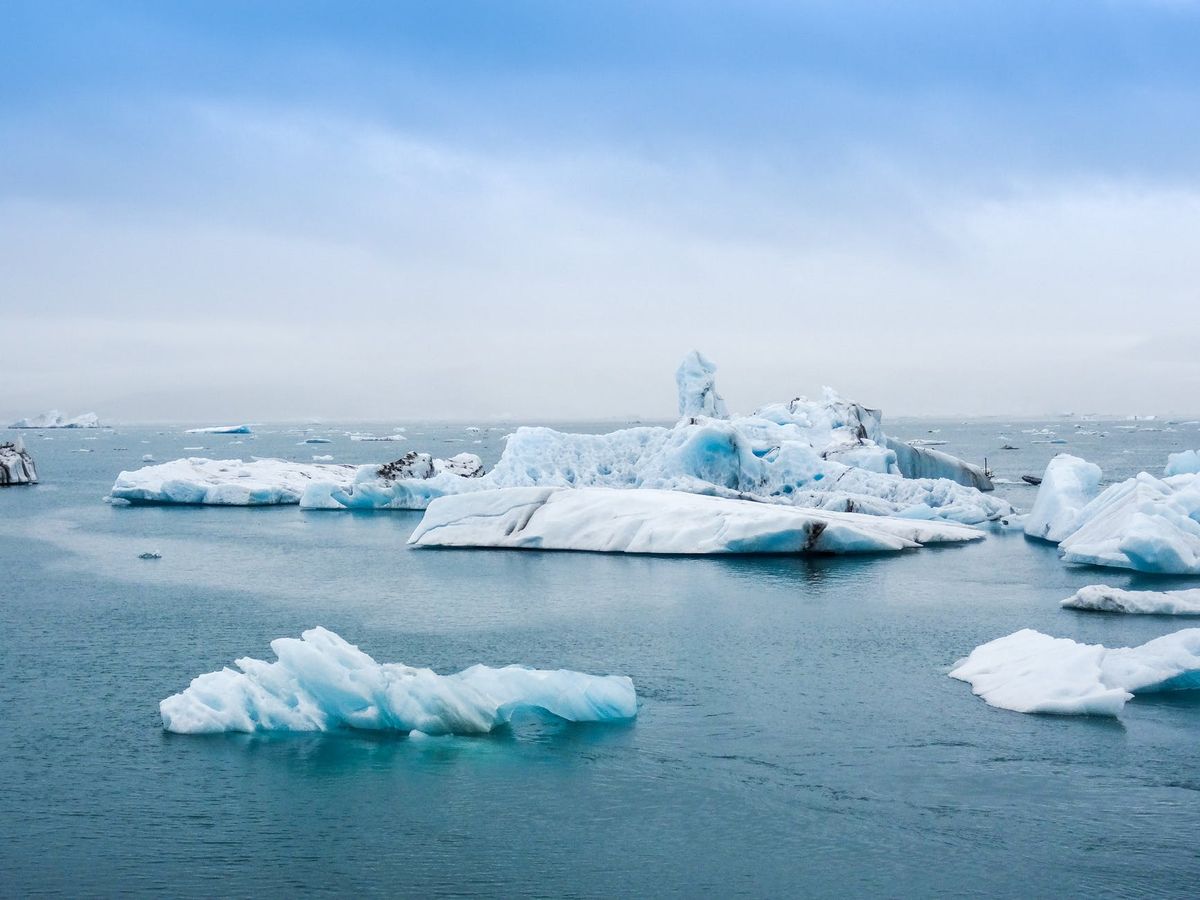Glaciers are melting, but polar bears are surviving

A few minutes every morning is all you need.
Stay up to date on the world's Headlines and Human Stories. It's fun, it's factual, it's fluff-free.
New research shows that two of the glaciers that are part of the West Antarctic ice sheet, the Thwaites and Pine Island glaciers, have experienced a dramatic loss in size over the last 5,500 years. The glaciers are from the mid-Holocene era, around 7,000 to 5,000 years ago. Scientists studying shells located at different points on islands near the glaciers have found no evidence that the glaciers have been smaller at any point over the last 5,500 years than they are now.
The reason scientists are studying this, though, is to understand why and how these glaciers are melting. They believe the cause is a series of deep, warm water currents underneath them. Future melting, they predict, could raise the ocean level as much as 3.4 meters (or about 11 feet) over the next few centuries.
But there’s possibly a small silver lining in this: the wildlife from melting ice biomes seem to be adapting to their new environments. A recent study found that polar bears are finding ways to survive despite the changing environment by hunting on chunks of ice coming off glaciers instead of off the frozen ocean layer they otherwise would hunt on.
“Our findings are hopeful,” said one researcher involved in the polar bear research. “I think they show us how some polar bears might persist under climate change.”
So as depressing as news of climate change may be, it’s nice to have hope that some species may make it through.




Comments ()